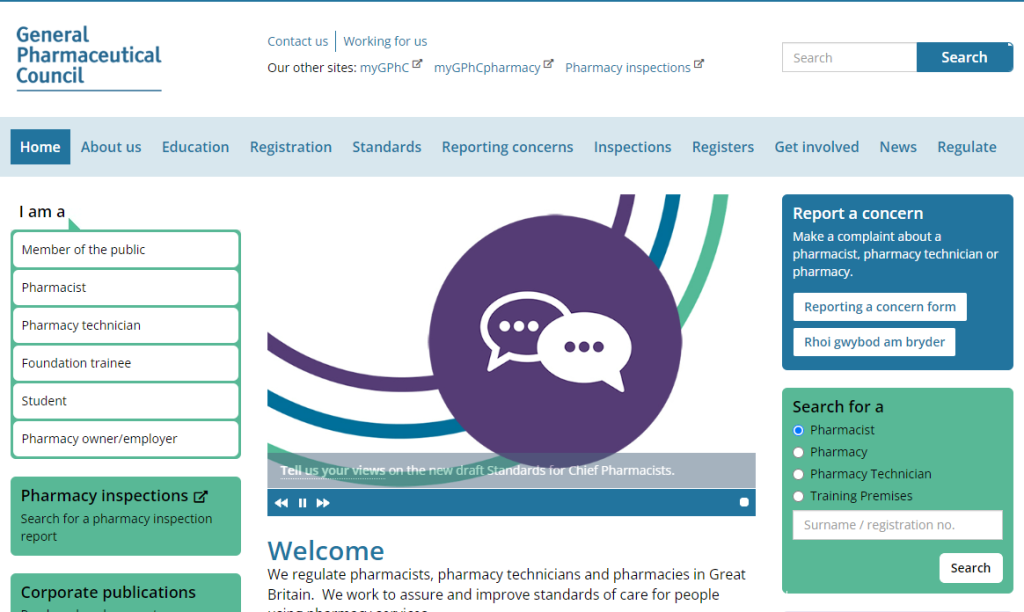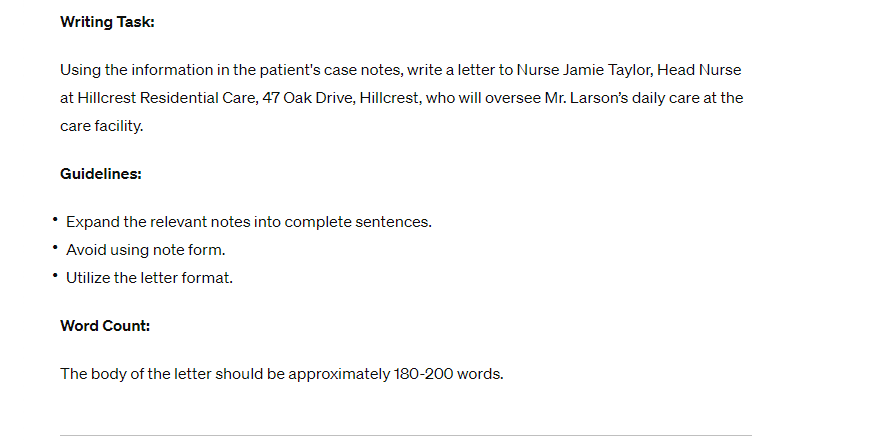The Occupational English Test (OET) is an essential assessment for healthcare professionals, aimed at measuring their English communication skills within medical settings. As one of its core sections, the Listening subtest is critical for evaluating an individual’s ability to understand and react to spoken English within a healthcare framework.
This comprehensive guide offers insights into conquering the OET Listening subtest, highlighting effective strategies and self-guided approaches tailored for each segment of the test:
- OET Listening Part A
- OET Listening Part B
- OET Listening Part C
for those who preparing OET, Enhanced Preparation with Specialist OET Courses from OET Beginner is available free.
OET Listening Part A
Duration: 15 minutes. Task: Complete notes from a dialogue between a healthcare professional and a patient. To excel, consider the following tips:
- Effective Pre-listening Preparation: Utilize the 30-second preview to familiarize yourself with the context, highlight key terms, and identify any missing information in the notes.
- Vocabulary Enhancement through Transcripts: Leverage transcripts to recognize synonyms, observe signposting phrases, and grasp the nuances of spoken English.
- Diverse Listening Practice: Expose yourself to various accents and scenarios through authentic audio materials to sharpen your listening abilities.
- Key Vocabulary Compilation: Assemble a comprehensive list of terminology associated with the 12 healthcare professions likely to be encountered in consultations.
OET Listening Part B
Duration: 10 minutes. Task: Respond to six multiple-choice questions based on different audio clips. Strategies include:
- Keyword Identification: Prioritize understanding the question by identifying and underlining key terms before the audio begins.
- Initial Listening without Transcripts: Enhance your auditory skills by listening to the clips without aid, using transcripts subsequently for verification.
- Transcript Analysis: Post-listening, dissect the transcripts to clarify why certain options are incorrect, recognizing signposting and linking phrases, and expanding your knowledge of the subject matter.
- Utilize Educational Resources: Engage with educational videos featuring healthcare discussions to gain practical insights and improve comprehension.
OET Listening Part C
Duration: Approximately 15 minutes. Task: Answer six multiple-choice questions based on longer audio presentations. Success strategies include:
- Pre-listening Strategy: Efficiently use the pre-listening period to review questions and answers, understanding the structure and focusing on significant keywords, particularly those relating to opinions rather than concrete facts.
- Vocabulary Development through Transcripts: Enhance your listening comprehension by connecting your answers with the transcript and focusing on the rapid speech.
- In-depth Transcript Examination: Analyze the language used to express attitudes or opinions, recording noteworthy phrases for future reference.
- Engagement with Extended Speeches: Actively listen to longer discussions, noting down the structure and detailed points, including the speaker’s methods for organizing their speech and conveying opinions.
Enhanced Preparation with Specialist Language Courses from OET Beginner
For those seeking additional support, OET Beginner offers a suite of specialist language courses tailored for healthcare professionals embarking on their OET journey. These resources are designed to supplement your study routine, providing structured guidance to build confidence and mastery in the Listening subtest.
Conclusion
Achieving success in the OET Listening subtest necessitates a strategic approach combined with dedicated practice to enhance listening proficiency. By incorporating these targeted strategies and tapping into the wealth of resources available through specialist language courses from OET Beginner, candidates can significantly improve their chances of excelling in the exam. Mastery of these skills demands commitment and perseverance, leading to notable advancements in healthcare communication competencies.









Leave a Reply